Jorge-Luis Subiabre Matiacha published a monograph about Croatians in Punta Arenas in Chile
http://www.croatia.org/crown/articles/10302/1/-Jorge-Luis-Subiabre-Matiacha-published-a-monograph-about-Croatians-in-Punta-Arenas-in-Chile.html
By Darko Žubrinić
Published on 07/30/2012

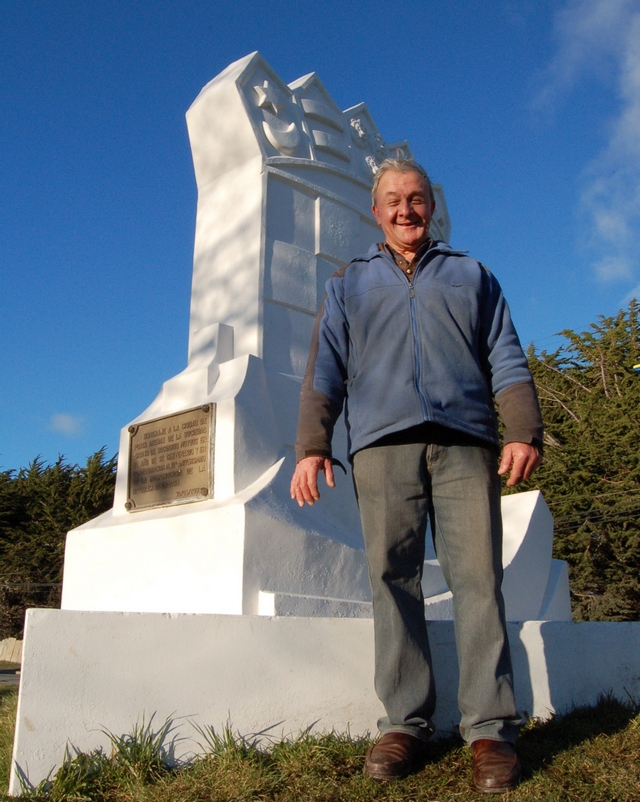
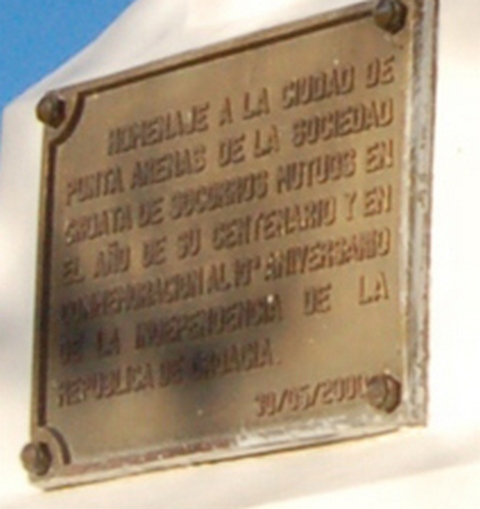
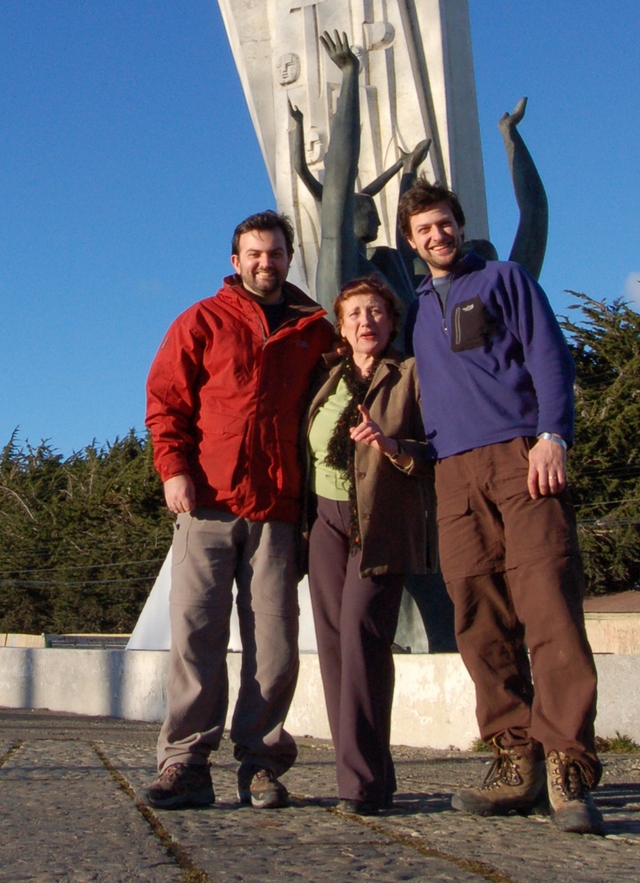

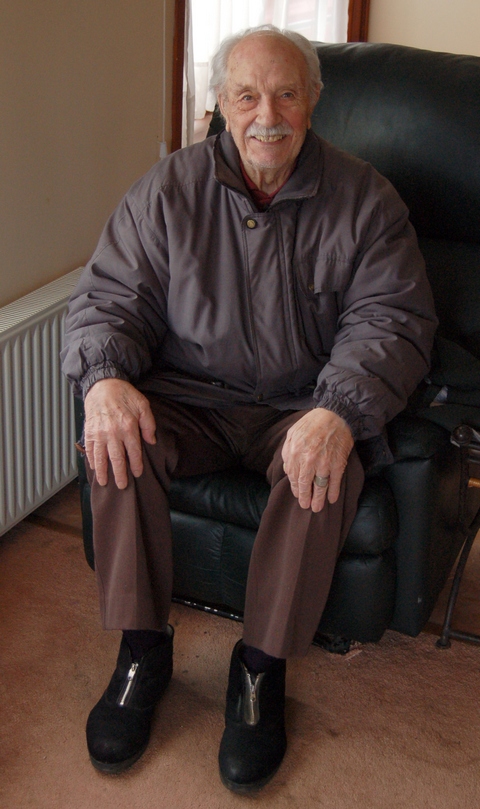
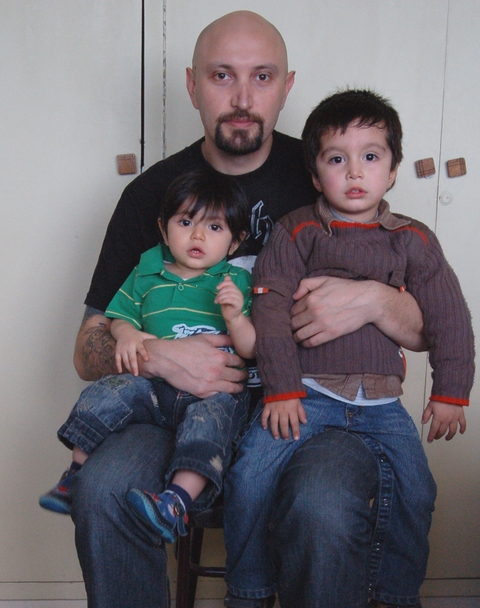

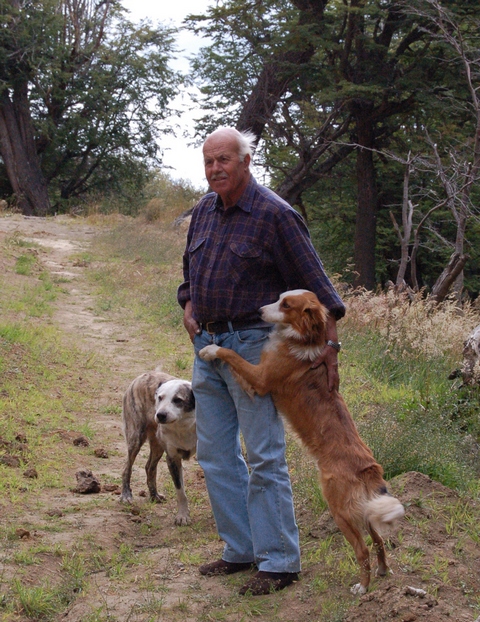
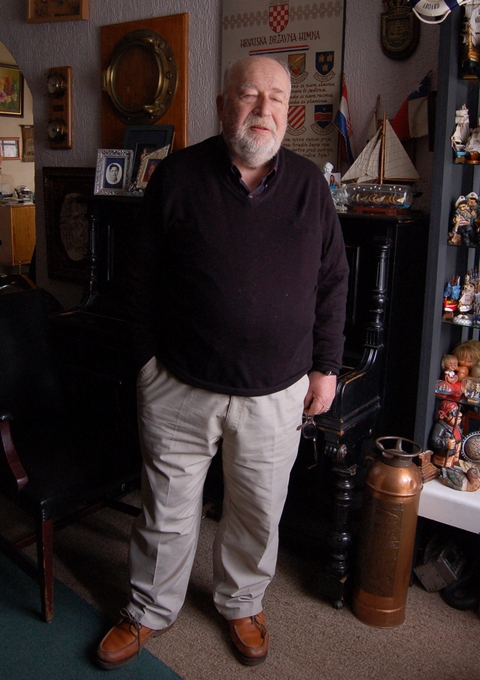


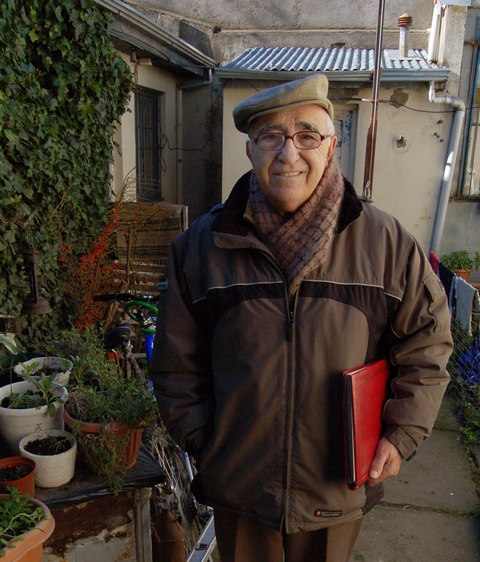
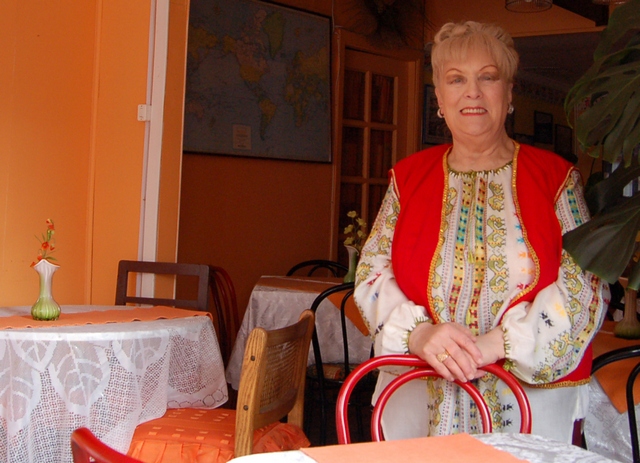
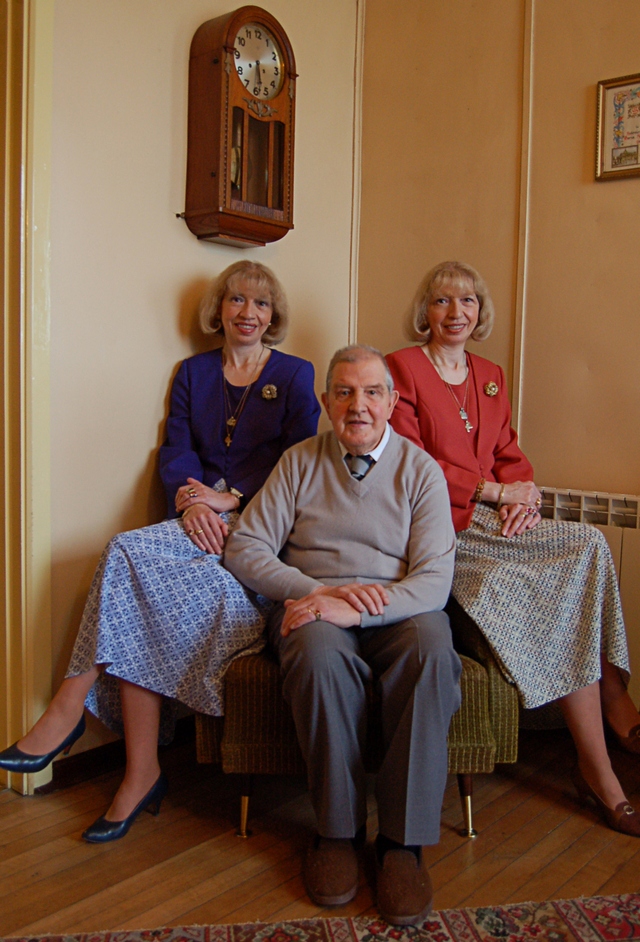
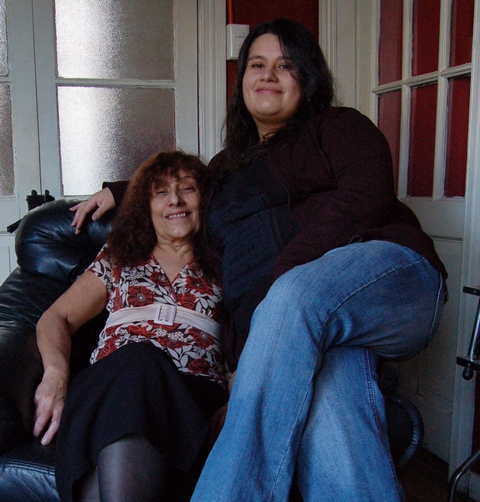
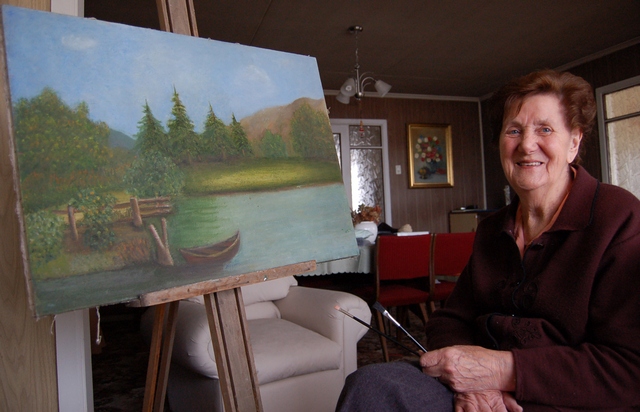





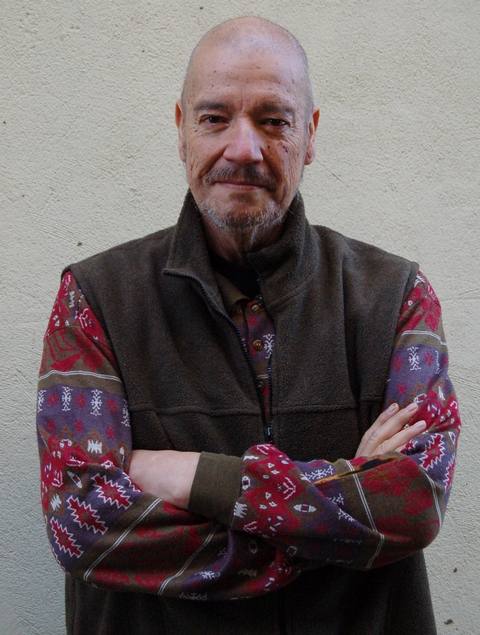


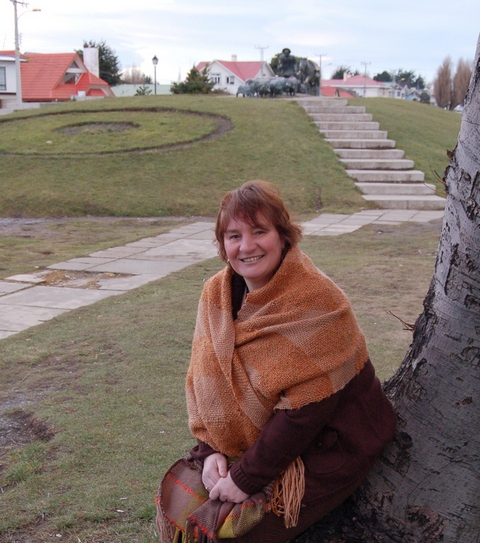
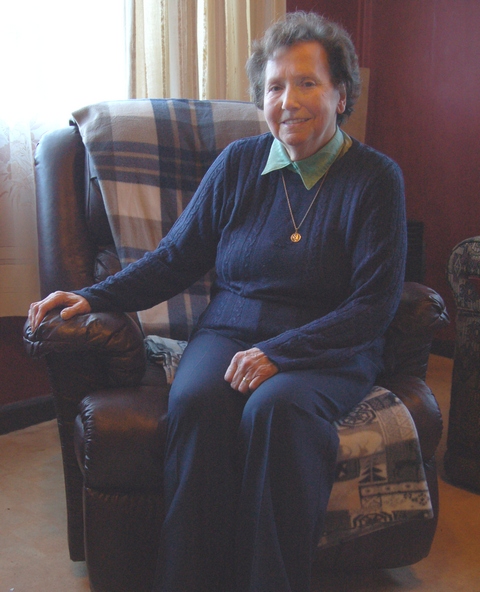
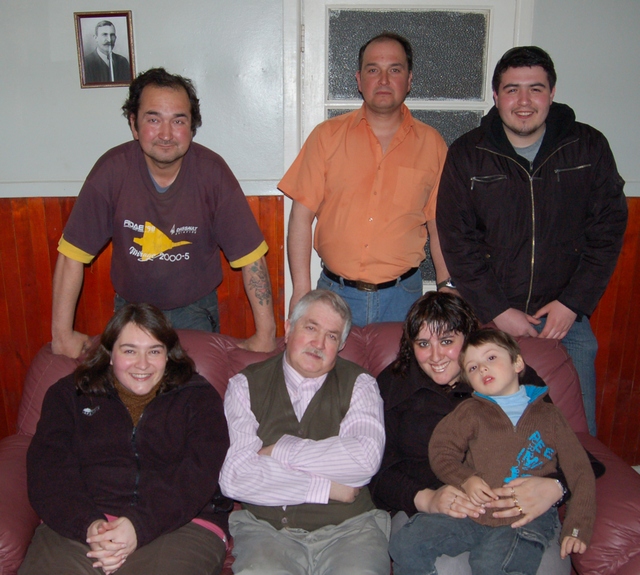
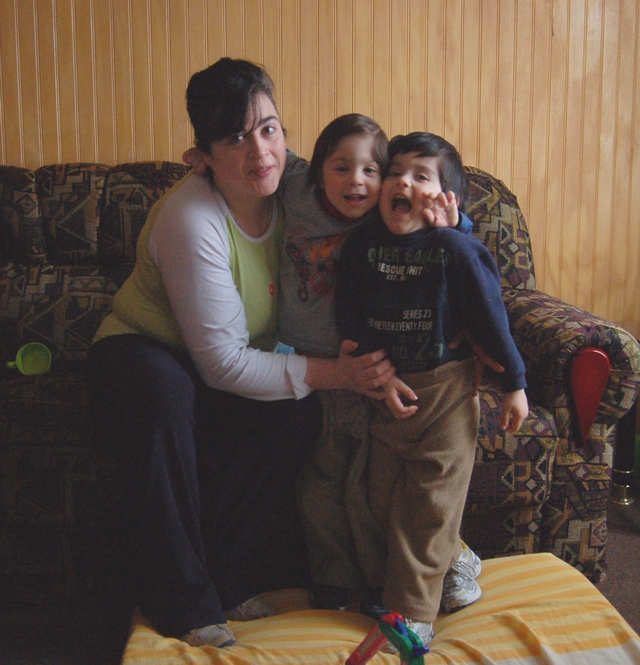
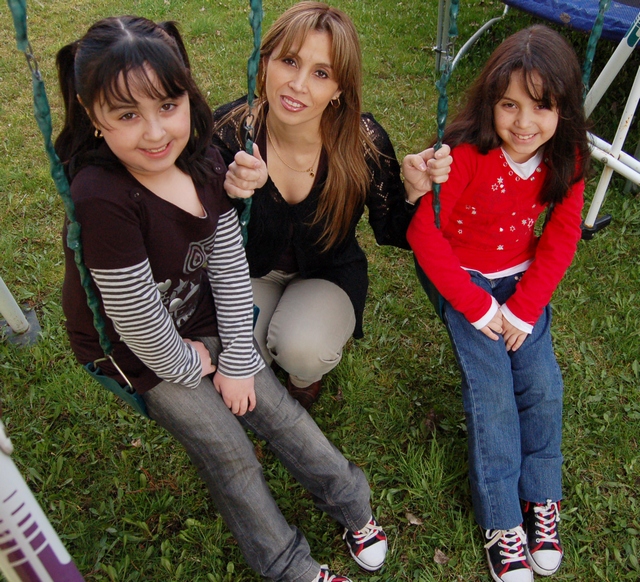

Formated for CROWN by Darko Žubrinić
Distributed by www.Croatia.org . This message is intended for Croatian Associations/Institutions and their Friends in Croatia and in the World. The opinions/articles expressed on this list do not reflect personal opinions of the moderator. If the reader of this message is not the intended recipient, please delete or destroy all copies of this communication and please, let us know!
 | Huellas y Rastros de Croatas en Punta Arenas (The Impressions and Traces of Croatians in Puntas Arenas) is a fascinating, trilingual, Spanish-English-Croatian book of photos by Jorge Subiabre Matiacha and Tatiana Alfaro Chavez, that Jorge recently published in Puntas Arenas. Matiacha has Croatian roots and works as a graphic designer, photographer and writer, while co-author Tatiana is a photographic technician. Both have already participated successfully at photo exhibits. The book features many black & white photos of Croatians, most with roots from the Croatian island of Brač, with a selection from the poetry of Pepita Turina (1907-1986) in the foreword. |
The last descendents of Croatian immigrants to Chilean Patagonia; part 1

Jorge Subiabre Matiacha
All the photos in this article are under copyright of Jorge Subiabre Matiacha
All the photos in this article are under copyright of Jorge Subiabre Matiacha
| Book of photos by young Puntas Arenas authors Huellas y Rastros de Croatas en Punta Arenas (The Impressions and Traces of Croatians in Puntas Arenas) is a fascinating, trilingual, Spanish-English-Croatian book of photos by Jorge Subiabre Matiacha and Tatiana Alfaro Chavez, that Jorge recently published in Puntas Arenas. Matiacha has Croatian roots and works as a graphic designer, photographer and writer, while co-author Tatiana is a photographic technician. Both have already participated successfully at photo exhibits. The book features many black & white photos of Croatians, most with roots from the Croatian island of Brač, with a selection from the poetry of Pepita Turina (1907-1986) in the foreword: Došli su čistog srca, da promijene život jer htjeli su postići nešto drugo. Radišni i časni učinili su dostojanstvenom ovu praznu zemlju, šibani klimatskim prilikama, samoćom i udaljenosti. Bili su neznani sanjari koji su ukorijenili svoje snove u domovini koja nije bila njihova. U ovoj domovini kojoj su pomogli da stasa i od koje su očekivali mnogo, a dali su sve: čak i djecu da ju nastane?? (They came pure of heart, to change life because they wanted to achieve Something else. Diligent and honourable they rendered dignified this Empty land, whipped by the weather, loneliness and Distance. They were unknown dreamers planting their dreams In a homeland that was no their own. In this homeland, which they Helped come of age and from which they expected much, And they gave all; even children to inhabit it??) The book features 64 photos, motivated by the curiosity of the authors and their desire to contribute to preserving the identity of the Croatians of the region of Magallanes. The photos depict Croatians in various daily situations — at work, at home, with their children, and they all in some way express a love of the distant land from where their predecessors came. In spite of the distance, both temporal and geographic, the Croatians of Chile have preserved their roots, even though their names and surnames have taken on a Spanish form. The authors note that the "generation without grandfathers" has preserved something possessed by the entire Croatian community in the south of Chile — a love that passes from generation to generation breaking all temporal borders. And on the other hand, anyone who sees these photos will be inspired to recall their own predecessors. Encouraged by the success of the first book, Jorge Subiabre Matiacha is preparing the next one, and has travelled to Puerto Williams on the island of Navarino, the capital city of the Antarctica region, also home to many Croatians. Branka Bezić Filipović Source www.matis.hr |

Mr. Juan Yutronich in front of the statue of Croatian Coat of Arms in Punta Arenas

| Homenaje a la ciudad de Punta Arenas de la Socorros Mutuos en el ańo de su centenario y en conmemoracion al 13 aniversario de la independencia de la Republica de Croacia 30/05/2000 In honor to the city of Punta Arenas by the Mutual Help society in the year of its centenial and in the memory of the 13th anniversary of independence of the Republic of Croatia 30/05/2000 |
| First Croatians in Punta Arenas by Jorge Luis Subiabre Matiacha on June 10, 2010 In the late 18th and early 19th century, the first Croatian immigrants reached the Magallanes region from the parts of the Austro-Hungarian Empire. Mainly from the region of Dalmatia (island of Brac, Hvar, Split, Dubrovnik, Zadar, Zagreb and others) they left their homes with a lot of sacrifice, leaving behind their families and their beloved land, which it was hit by drought during those years. In search of a new future, they began a journey of almost 1 month by sea, on a ship to America. After arriving in Buenos Aires, some of them decided to stay and others moved to Bolivia, Peru and Chile. The Croatians, who chose Chile, travelled to two destinations: Antofagasta to work in the nitrate mines and Punta Arenas, in search of gold found on the island of Tierra del Fuego, in the Cordon Baquedano. When they arrived to the city of Punta Arenas, they found a completely different land. Here they had to fight in order to move forward, the climate was hostile but the land fertile. Before they left Croatia, they promised their families members who couldn’t join them to send money as soon as possible so they could reunite in Chile. Initially all of them wanted to return. However, this land gave them everything their beloved Croatia hadn’t, children, home and work. Very few returned to Croatia. My great grandfather, Toma Matijaca, left Croatia in 1904, with his brothers Ivan and Franjo. He left behind his home in Supetar on the island of Brac and their parents Simin and Franja and his brother Marin. His first destination was the city of Buenos Aires. From there he traveled to the south until he reached the town of Porvenir, on the island of Tierra del Fuego, where he focused on the search for gold. After years of sacrifice, he became a merchant. Arriving in Punta Arenas, he worked building stone streets in the city. He never returned to his homeland. Here, he got married and had five children and after he lost his wife, never remarried. After settling permanently in the capital of Chilean Patagonia and finding economical security, he helped his nephews from Croatia. He paid their tickets and helped them to find work in these remote southern lands. He past away in 1954. My aunt, Irene Matiacha, who met him when she was 11 years old, told me that she used to feed him with his favourite fruit “grapes” in his last years and that he was very good man. In my first photography book I portrayed elderly people who knew him when they were children. They told me that he had a cart in which he travelled in order to get wood and strawberries from the countryside, he used to drink Rakia (typical grappa from the Dalmatian area) with his friends. He was a serious person with a noble heart. I dedicated my work to him with great love and admiration. He is my closest relative who left his country without knowing where he would eventually settle down, driven by the hope of finding a better place and succeeding by hard work and integrity. Primeros Croatas en Punta Arenas (en espańol) Source www.southamerica.me |
| Posljedni preživjeli potomci hrvatskih useljenika na kraju svijeta (dokumentarni film) Moja ideja je napraviti dokumentarac o posljednjim sinovima i kćerima prvih hrvatskih doseljenika koji su stigli u južne dijelove pokrajine Magallanes u Chileu tj. Patagoniji. Svakoga mjeseca, svake godine oni nestaju budući da imaju više od 80 godina, mnogi od njih znaju da im ostaje malo vremena i znam da žele poslati poruku novim generacijama, budući da sam ostvario dva prijašnja rada slijedeći istu misao vodilju, svoju knjigu Otisci i tragovi Hrvata u Punta Arenasu i izložbu u Zagrebu Sjeme rasuto vjetrom. Jedna od osoba koje bih volio intervjuirati je moja prateta Violeta Svilanovich Bakotich, posljednja teta koja nam je ostala u obitelji s majčine strane. Ona ima već 86 godina i čuva lijepo svjedočanstvo o tome kako su se prvi doseljenici morali boriti kako bi nastavili naprijed, usprkos hladnoći i udaljenosti od rodne zemlje. To su jedinstvene priče o ljubavi, žrtvovanju i predaji na mjestima toliko lijepim koliko i negostoljubivim na samom kraju Južne amerike, preko kanala Ognjene zemlje i provincije Ultima Esperanza. Slijedeći trag prvih hrvatskih pionira, ovo je krajnja granica prije Antarktike, koju bi se također trebalo posjetiti kako bi se intervjuiralo osobe s hrvatskim korijenima na najjužnijem mjestu cijelog svijeta. Imam kontakte svih osoba potrebne za ovaj projekt. Jorge Luis Subiabre Matiacha | Los ultimos descendientes sobrevivientes de los inmigrantes croatas al final del mundo (documental) Mi idea es hacer un documental sobre los ultimos hijos e hijas de los primeros inmigrantes croatas que llegaron a las tierras australes de la region de magallanes en chile, patagonia. Cada mes, cada ano, van desapareciendo puesto que ya tienen mas de 80 anjos, muchos de ellos saben que poco tiempo les queda y se que quieren transmitir un mensaje a las nuevas generaciones, ya que realize dos trabajos anteriores siguiendo la misma linea de trabajo, mi libro Huellas y rastros de croatas en Punta Arenas y mi exposicion en Zagreb Las semillas del viento. Una de las personas que me gustaria entrevistar es mi tia abuela Violeta Svilanovich Bakotich, la ultima tia que nos queda en la familia por el lado de mi madre. Ella ya tiene 86 anjos y guarda un testimonio hermoso sobre como los primeros inmigrantes tuvieron que luchar para salir adelante, a pesar del frio, y la lejania de su tierra natal. Son historias unicas de amor, sacrificio y entrega en lugares tan hermosos como inhospitos al final de Sudamerica, a traves de los canales fueguinos, tierra del fuego y la provincia de ultima esperanza. Siguiendo la huella de estos primeros pioneros croatas, esta es la ultima frontera antes de llegar a la Antartica, lugar donde tambien debera ser visitado para entrevistar las personas con raices croatas mas australes de todo el mundo. Jorge Luis Subiabre Matiacha |

Maria Breskovic Martinic, Zarko and Danilo Breskovic Essedin
in front of the Monument of Croatian Immigrants in Punta Arenas.
in front of the Monument of Croatian Immigrants in Punta Arenas.
| Naš rad je nastao iz osobne znatiželje i potrebe za ostvarenjem ovoga projekta, upotrebom digitalne fotografije kao medija, a kao kulturno umjetnički doprinos s temom identitet Hrvata u gradu Punta Arenas i zato što hrvatsko iseljeništvo ima važnu ulogu u povijesti i razvoju regije Magallanes. Dokumentirali smo 64 fotografije Hrvata, djece Hrvata, rođaka, unuka, praunuka i pra praunuka hrvatskih iseljenika koji su došli na ovo područje krajem XIX. i početkom XX. stoljeća. U njihovom svakodnevnom životu, u djelatnostima koje obavljaju ili u njihovim domovima vidjeli smo i ostali zadivljeni jedinstvenim elementima kojima odražavaju ljubav za udaljenom zemljom i svojim pretcima koji su s mnogo žrtve ostavili svoje domove i obitelji s područja Dalmacije, uglavnom s otoka Brača i Hvara, iz gradova Split, Dubrovnik, Zadar i ostalih, u potrazi za novim životom i ne bi se više nikada vratili. Bez obzira na godine koje su prolazile potomci Hrvata sačuvali su vlastite korijene kujući život na tlu Magallanesa. Potrebno je naglasiti da su se većina izvornih imena i prezimena hrvatskih iseljenika koji su došli u Čile promijenila prema španjolskom jeziku prilikom upisa u državne ustanove koje su popisivale doseljenike u to doba. Pojedini glasovi, izgovor ili naglasci koji odgovaraju hrvatskome jeziku zamijenjeni su bili slovima španjolske abecede. Na primjer: Martinić za Martinich, Mihovilović za Mihovilovich, Matijača za Matiacha, Petar za Pedro, Stjepan za Esteban. Također je bitno naglasiti da "generacija bez djedova", djeca prvih hrvatskih doseljenika koji nisu imali prilike upoznati ih; unuci i praunuci koji čuvaju krsni list ili putovnice svojih predaka; pra praunuci koji su izgubili prezime svojih predaka, ali koji nose njihova imena; su samo neke od osoba koje se nalaze u ovoj knjizi, a koje imaju nešto zajedničko s većinom hrvatske zajednice u Punta Arenasu: ljubav koja nadilazi godine. Otisci i tragovi Hrvata u Punata Arenasu Prvo izdanje: prosinac 2009. Projekt je financirao: FONDART Regional 2009 No 1305-6 Fotgrafije, grafičko oblikovanje i izdanje: Tatiana Alfaro Chavez i Jorge Subiabre Matiacha Tekst na španjolskom i engleskom jeziku priredio: Jorge Subiabre Matiacha Jorge Subiabre Matiacha: Grafički dizajner, fotograf i pisac. Napisao je svoju prvu pripovjetku u školskim novinama World Wide School, Auckland, Novi Zeland u zimi 2008. godine. Njegova prva izložba fotografija, u veljači 2009., pod nazivom ŤJedna jesen u gradu jedrilicať, prikazana je u Punta Arenasu, Čile. "Došli su čistoga srca, da promijene život jer htjeli su postići nešto drugo. Radišni i časni učinili su dostojanstvenom ovu praznu zemlju, šibani klimatskim prilikama, samoćom i udaljenosti. Bili su neznani sanjari koji su ukorijenili svoje snove u domovini koja nije bila njihova. U ovoj domovini kojoj su pomogli da stasa i od koje su očekivali mnogo, a dali su sve: čak i djecu da je nastane." Pepita Turina (1907.-1986.) "Kao ti, nitko ne zaboravlja. Drevne ljubičice Cilj ovoga projekta je prikazati ljudski doprinos koji je razvila hrvatska zajednica u gradu Punta Arenasu preko šezdeset i četiri crno - bijele fotografije. Više od onoga što možemo još dodati ili prikazati kao svjedoci i autori ovoga djela je da će kroz ovo djelo, svi oni koji će vidjeti ove fotografije osoba ili obitelji, zasigurno biti potaknuti na vlastito sjećanje na svoje pretke. Posebnu i jedinstvenu ljubav koja prelazi s koljena na koljeno rušeći vremenske granice. |

Rudi Josip Mijač Kusanović, consul of the Republic of Croatia in Punta Arenas
Please, go to the next page below.
The last descendents of Croatian immigrants to Chilean Patagonia; part 2
All the photos in this article are under copyright of Jorge Subiabre Matiacha
Antun Dušan Mihovilović Ostoja

Fabian Andres Drpić Yadrisević with children

Antun Mihovilović Kusanović

Nikola Drpić Klinčić
Please, go to the next page below.
The last descendents of Croatian immigrants to Chilean Patagonia; part 3
All the photos in this article are under copyright of Jorge Subiabre Matiacha
Dr. med. Jorge Mihovilović Kovacić

Violeta Svilanović Bakotić (Jorge's grandmother)

Alicia Martinich Buvinich

Juan Francisco Draguisevic Klicinovic

Dinka Yerka Buljan Ljubitic
Please, go to the next page below.
The last descendents of Croatian immigrants to Chilean Patagonia; part 4
All the photos in this article are under copyright of Jorge Subiabre Matiacha

Antonio Yadrijević Mihovilović, Maria Angelica de Lourdes,
and Maria Alejandra Yadrijević Penna
and Maria Alejandra Yadrijević Penna

Edna Perkic Ursini and Andrea Carcamo Perkic

Juana Maria Goich Haramburo

Roberto Gonzalez Seguich adn Beatriz Seguich Goich

Ana Maria Rada Mladinich and Mariano Kusanović Perez

Navis Jesus Bristilo Svilanovic, Vladimir Drasenko Chatenauf
and Pablo Andres Bristilo Bustamante
and Pablo Andres Bristilo Bustamante
Please, go to the next page below.
The last descendents of Croatian immigrants to Chilean Patagonia; part 5
All the photos in this article are under copyright of Jorge Subiabre Matiacha and Tatiana Alfaro Chavez

Estela Seguic

Jose Lamire Stipicic

Domingo (Dinko) Pavlov Miranda

Gladys Filipich, Sebastian FIlipich Alvarez and Letician Alvarez Filipich

Ema Milostich
Please, go to the next page below.
The last descendents of Croatian immigrants to Chilean Patagonia; part 6
All the photos in this article are under copyright of Jorge Subiabre Matiacha

Jasna Maria Vukasović Perović

Ana Bahamondez Domić

Tomas Matiacha Svilanovic with sons and nephews.

Ana Vicenta Jelincic Faundez with her children Pablo Andres and Alexander Gabriel Torres Jelincic

Karen Fabiola Martinovich Tissinetti with her children Ignacia Belen Gomez Martinovich and Karel Loreto Gomez Martinovich.

Tomas Marinkovic Cvitanic and Toma Žuvić Grgić
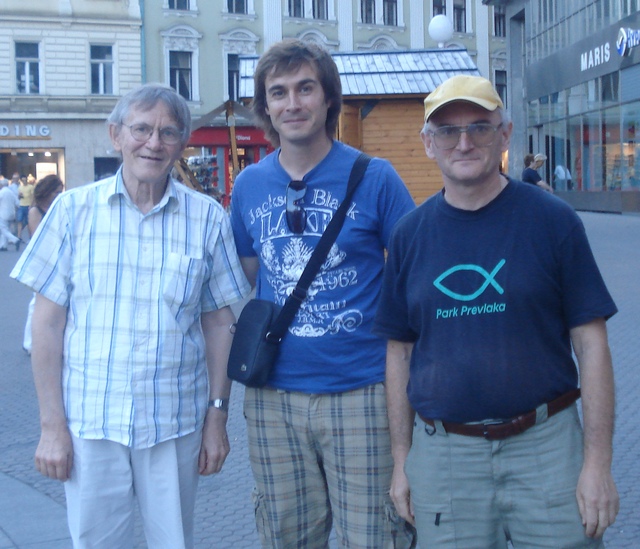

Jorge Subiabre Matiacha in the middle with Vladimir Ćepulić and Darko Žubrinić, Zagreb 31 July 2012
Formated for CROWN by Darko Žubrinić
Distributed by www.Croatia.org . This message is intended for Croatian Associations/Institutions and their Friends in Croatia and in the World. The opinions/articles expressed on this list do not reflect personal opinions of the moderator. If the reader of this message is not the intended recipient, please delete or destroy all copies of this communication and please, let us know!